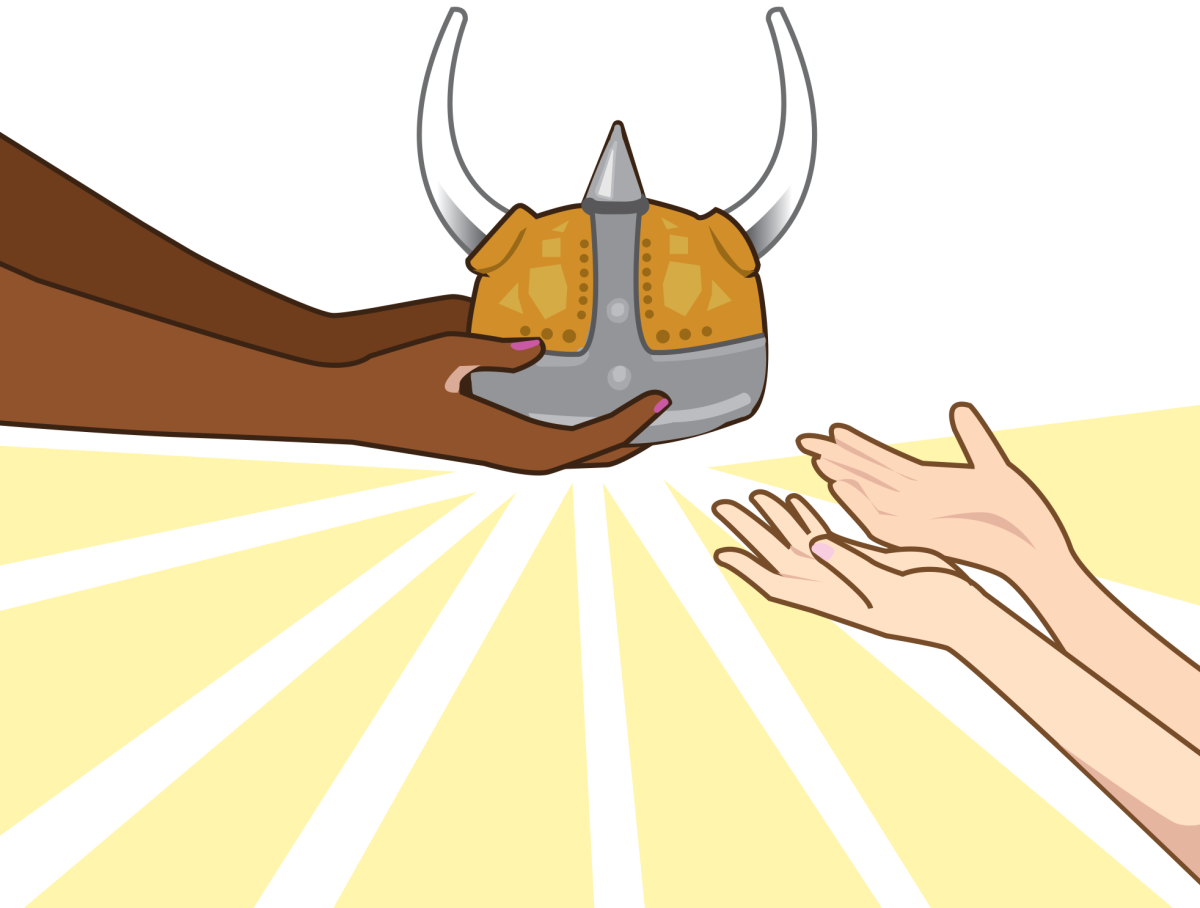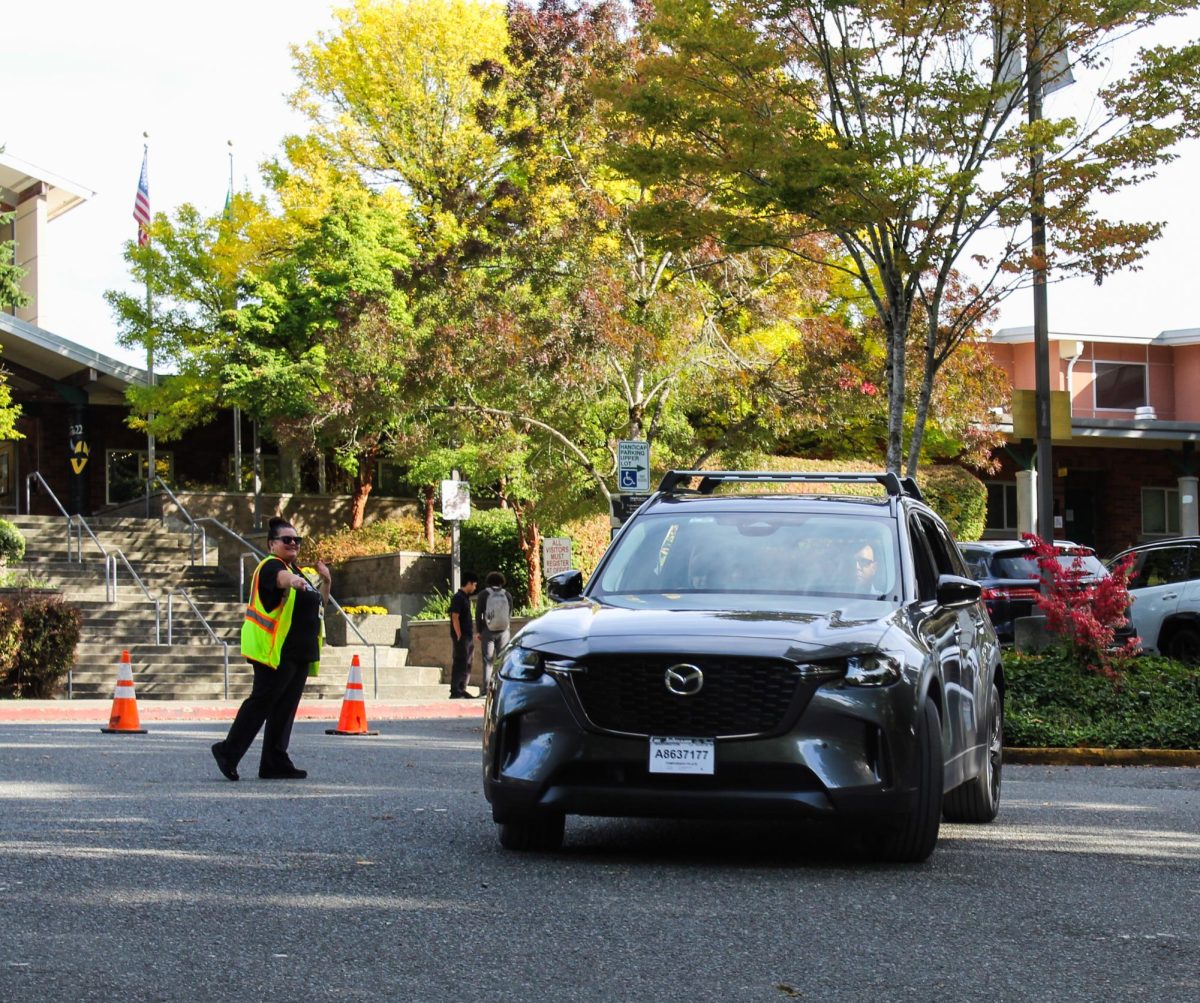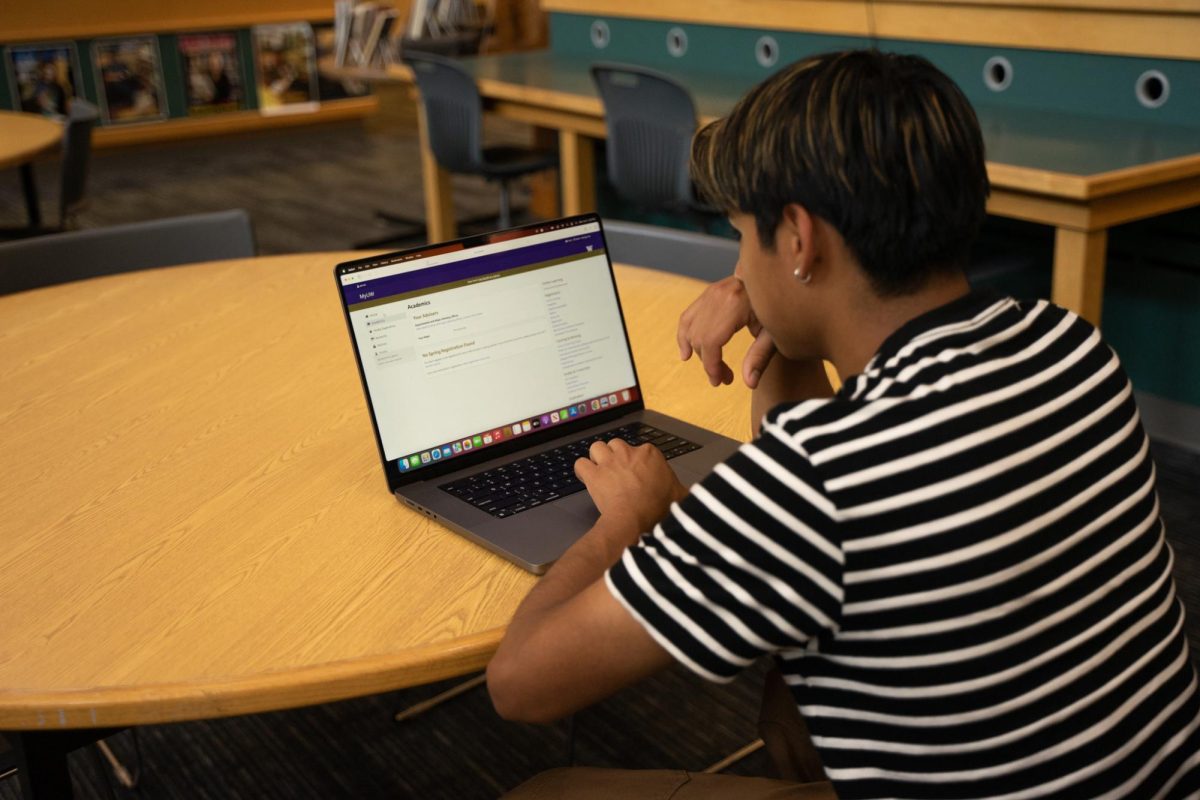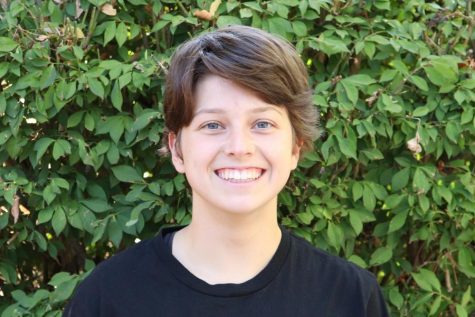At a meeting with the school’s leadership team over the summer, Campus Supervisor shared his childhood experience as a person of color. He struggled to live in both his family home surrounded by people of similar races and the predominantly white high school he went to during the day.
“I kinda grew up into different worlds,” campus supervisor Rick Calhoun said, “and what I noticed pretty early on is that when I was back home with mom and dad and some of the friends I grew up with early on, was that I was just Ricky from down the street. I might have a funny sense of humor or I might have been a good student but I was just Ricky. When I was at the other school I always felt that my identity was a person of color, first and foremost. I kinda always stood out with the other students.
“There was one other student with me during elementary who was also biracial, and I noticed that we got confused for each other quite a bit, which was hard for me to understand because where we kinda had the same skin color, we were very different. I was a very good student, didn’t really get into trouble. He was always getting into some type of trouble, so the fact that we were still getting confused by some teachers was frustrating because in my mind it meant that I was being seen as a color before I was being seen as an individual. That was an identity that I carried through most of my youth, so I always felt more comfortable around other people of color because when I was around other people of color, I was an individual. When I was the minority in a group, I was a minority.
“When I got into high school I was lucky to be physically gifted in a couple of sports. I was able to make football and a couple of other things, which whether it was good or bad, that was the first time I was able to have another identity. I had the identity of a football player. I still would have rather been an individual, but it was refreshing, almost freeing, to not just be one of a handle full of the kids of color. I was a football player now, I had transcended that. Some of the people, the few handful of kids that were minorities, didn’t. They were still seen as the colored kids. And I kinda presented to the staff that even though we want to pretend that that’s not the way that it is today, that there’s still people, staff members, and parents that have confused me with [Mickey] Blackburn. In our mind we look nothing alike, but in numerous occasions, we’ve had new staff members come up to him and talk to him about parking, and I talk about math. And one of the things that we did find… it happens from other staff members and other parents parents, but it hasn’t happened with any students, which is either optimistic in the fact that your generation is beginning to see other people outside of color, or maybe it’s a learned behavior, and you guys just haven’t learned yet. But either way, I think it’s important that we address these things, which again is why the staff is working so hard to address these issues either before you become jaded, or at least as older people we can start getting along.”
Calhoun said he hopes to use these experiences with race to help teach others in racial equality and support children of color who feel defined in by their race to create an identity for themselves.









